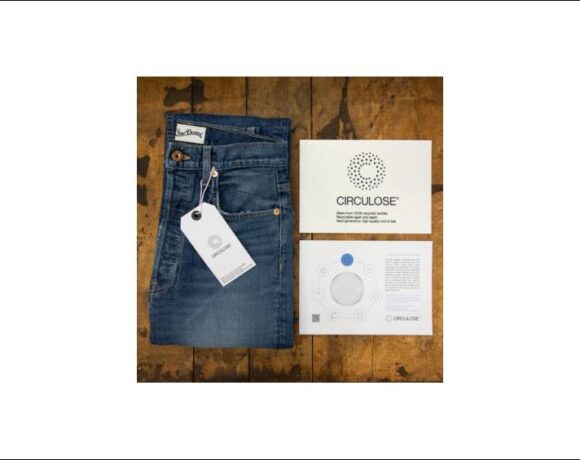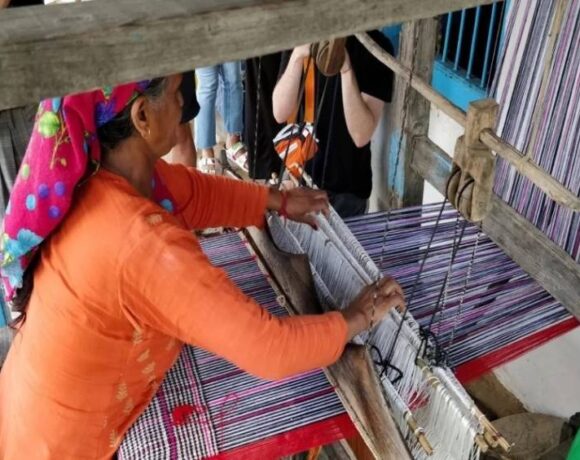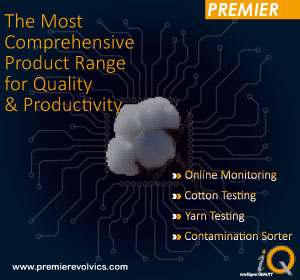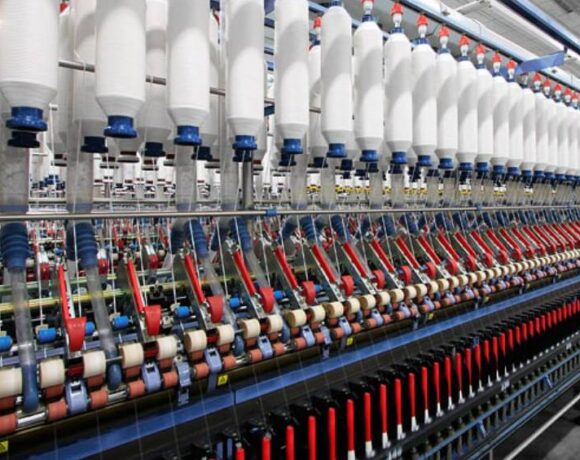E-Textiles: Navigating Challenges & Unleashing Potential In Functional Fabrics

From blankets to towels, clothing to upholstery, humans are in constant contact with textiles throughout their lives. Textiles, serving purposes of warmth, comfort and aesthetics, are now evolving into electronic textiles, or e-textiles, ushering in exciting new functionalities. This technology has come a long way since the commercialization of heated blankets in the 1960s and 70s, progressing to state-of-the-art smart shirts monitoring astronauts aboard the International Space Station.
However, the journey for e-textiles has not always been smooth, and despite advancements, companies in the field have yet to find an application that matches the success of textile heating.
Heated Textiles: Pioneering Warmth In Innovative Ways
Heating remains the most successful application of e-textiles, constituting over 80% of the market value in 2023. From motorcycle riders to outdoor workers and winter sports enthusiasts, heated clothing provides essential warmth in cold conditions. Heated blankets, popular for decades, have seen increased interest due to rising energy costs. The success of heating as an application owes much to its ability to provide local warmth in a comfortable form factor, addressing the shortcomings of alternatives like heating entire rooms, hand warmers or wearing bulky layers.
While power supply remains a challenge, the increasing availability of portable USB power banks is driving the growth of heated apparel. IDTechEx forecasts a steady growth of 4.5% CAGR in heated textile applications until 2033.
Biometric Sensors: Transforming Clothing Into Health Monitors
Biometric sensing is a promising application of e-textiles, with sensors integrated into apparel to monitor vital signs like heart rate, respiration rate and body temperature. Though investor interest initially rose in sports and fitness applications, challenges such as cost and washability hindered mass-market commercialization. Smart athletic shirts faced competition from alternative technologies like smartwatches, offering more functions, reusability and flexibility.
Now, companies are exploring applications in healthcare and worker safety, using smart vests with embedded electrodes to monitor vitals and heat stress in extreme environments. This critical data is invaluable for situations like firefighting or space missions. Challenges faced by consumer-oriented smart garments become less significant when applied to uniforms or situations where data accuracy is paramount.
Smart Insoles: Where Comfort Meets Functionality
Smart insoles represent a unique intersection of comfort, softness and functionality. They find applications in gait monitoring and diabetes management. Pressure-sensing insoles, combined with temperature sensors, help medical professionals assess mobility recovery progress and warn of potential ulcer formation in people with diabetes. While the market for diabetes management technologies is projected to exceed $30 billion by 2033, smart insoles may not capture a significant share, leaving manufacturers on the lookout for a breakout success.
In delivering compelling products, companies must harness the advantages of both textiles and electronics. Successes in e-textile applications are often found where aesthetics are less crucial, washability is not a major concern and the value is critical and irreplaceable by other means.















